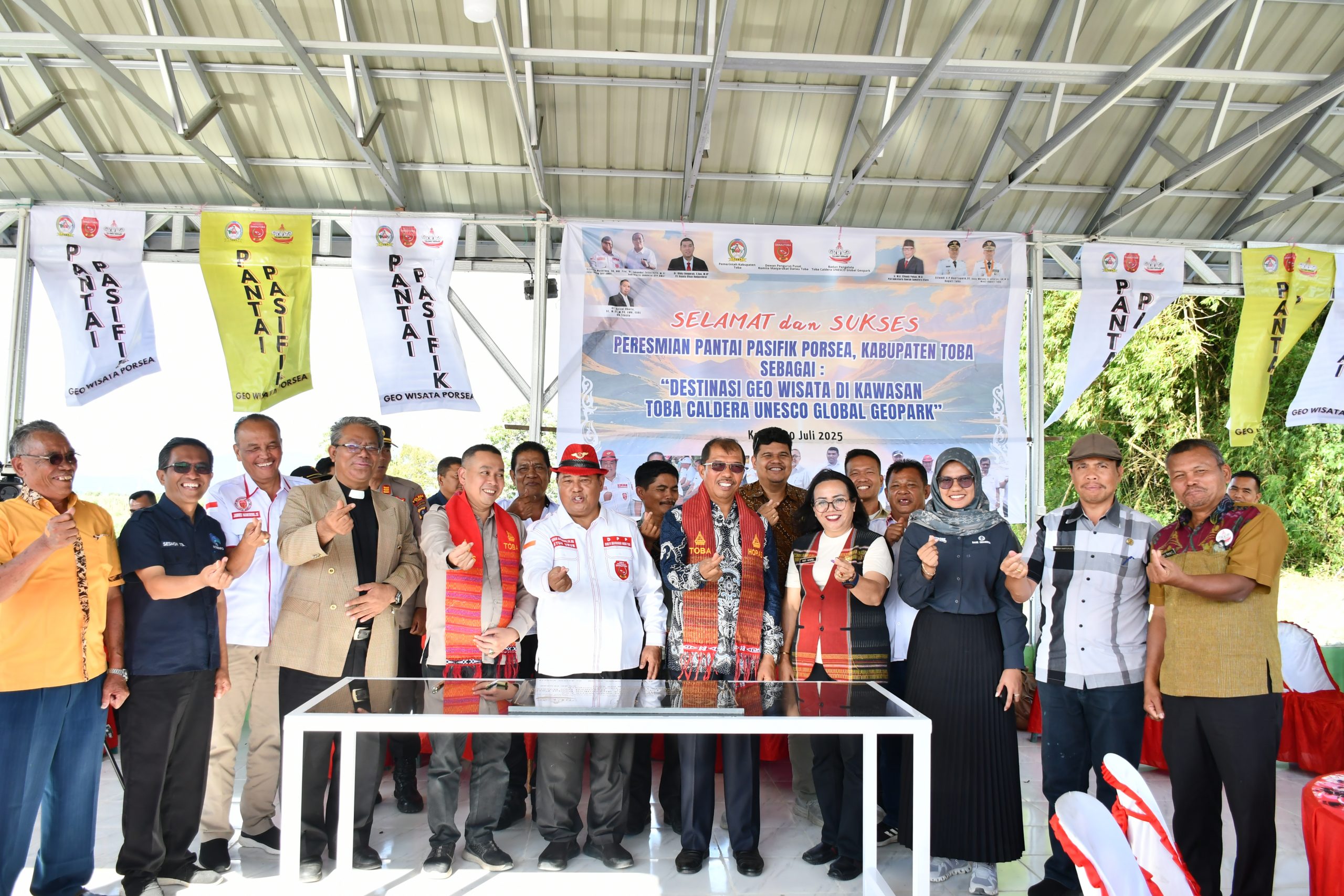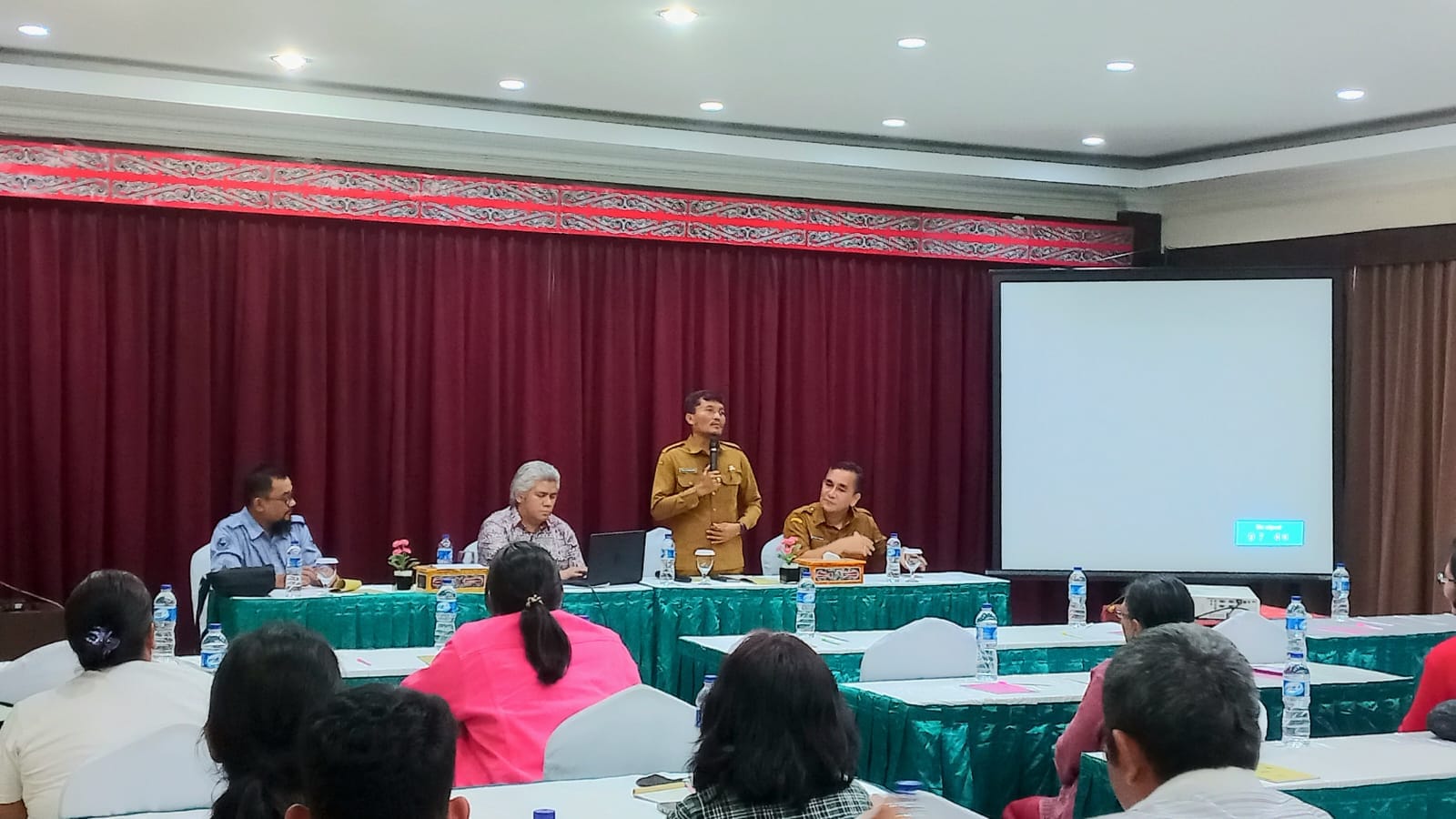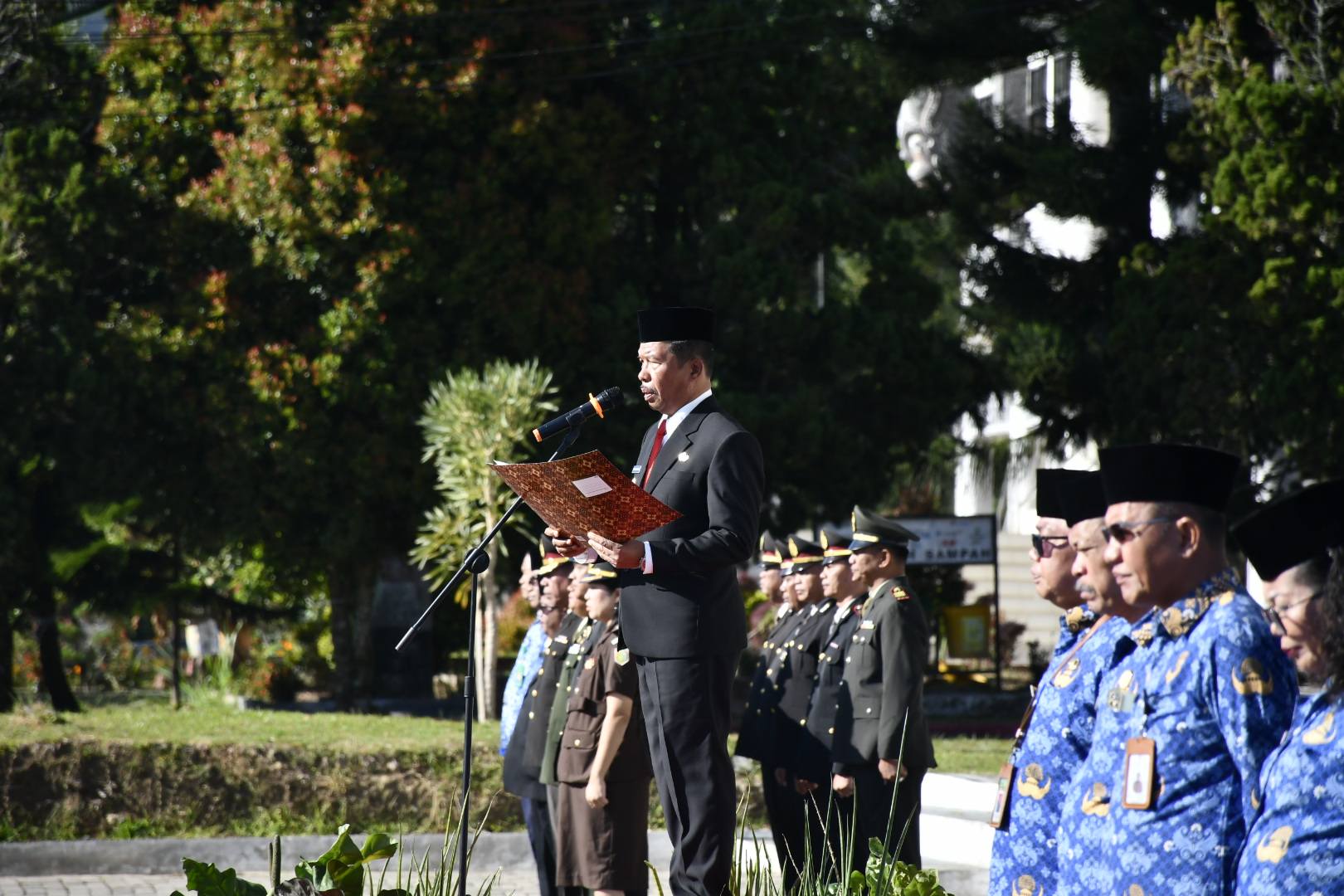
THE BATAK “ULOS” HANDWOVEN TEXTILE
For the Batak ethnic group of Lake Toba in North Sumatra, – as indeed with other communities in Indonesia, – their meticulously handwoven textiles, known as “ulos” are not merely made to wear as clothing, but are significant symbols of status, serve as precious heirlooms, or are ceremonial gifts during rites in human’s life cycle from births and weddings to deaths.
Traditionally, weaving was the task of women only, and men were prohibited from the work, since it is believed that while weaving, women imbue the cloth with symbolic values connected with women’s role in caring for family, children and the community. Whilst men’s duty is the protection of family and village.
Therefore weaving can be done only during leisure time while women tend to home and children. It is small wonder, then, that one cloth may take months to complete.
Batak textiles use mostly cotton yarn, while colors are produced by immersing the yarn in plant dye. The blue color comes from the indigo plant, red is made from sappanwood and morinda which grow abundantly in the tropics. Yellow comes from turmeric, whereas black is produced by mixing morinda with indigo, and green is a mix of indigo and turmeric.
Most ulos have either blue, dark red, black or white backgrounds. White denotes purity, black eternity and red bravery.

Textiles are woven on back-strap or body tension looms, where tension is created by the weight of the seated weaver who leans against the back strap. That is the reason why this type of hand-woven cloths can only be made as wide as the arms’ span of the weaver.
With modernization, the ATBM (alat tenun bukan mesin) or the non-mechanized upright loom was introduced. Cotton yarn is now also bought rather than made personally, and more synthetic colorings are used, purchased in stores to make the cheaper versions for use in modern designer dresses or for sale to tourists.
Among the different kinds of ulos, the ulos sibolang is the one most commonly used. This is the blue ulos with light blue patterns with arrowhead patterns. This ulos is used as sarong or shoulder shawl, known as selendang.
The ulos ragi hotang or the spotted rattan cloth is used at weddings when the ulos is draped around both bride and groom’s shoulders with wishes that, like the rattan, the marriage will be long lasting with strong conjugal bonds. Theulos ragi hotang is also used at the birth of a baby boy. This ulos has usually a particularly beautifully designed broad edge, finished off with tassels.
The ulos ragi hidup (or the pattern of life), on the other hand, is one that can be worn only by men or by their widows in special ceremonies. This beautiful ulos consists of a main red field (or badan) with two white strips of finely decorated pieces at top and bottom ends. Two red side strips are then sewn onto the entire piece, making this a large ulos.
Today, around Lake Toba it is not easy to find women weaving in front of their houses. But, truly traditional ulos cloths are still made in the three villages of Tongging, Paropo and Silalahi – known as sitelu huta (three villages) – on the northwestern shore of Lake Toba. However, trading areas are at Pematang Siantar or at Balige. You can also easily find a large number of ulos sold in souvenir shops or handicraft stalls in Tomok or Tuktuk.
Therefore, when buying an ulos do feel the texture of the material. If this is too supple and smooth, then it is likely machine made with synthetic dyes, whereas the original hand woven pieces feel rougher to the touch. Of course the original handwoven ulos pieces do not come cheap.
Source : Indonesia.travel


